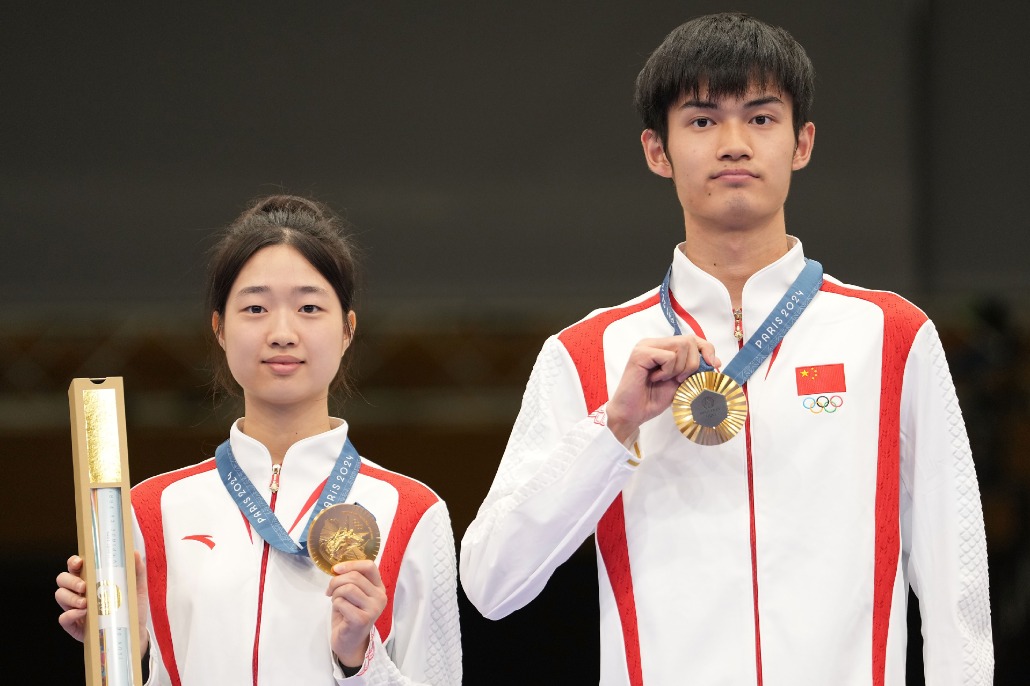Fast Forward


The third plenary session of the 20th CPC Central Committee set a clear course for accelerated reform and opening-up
The recently concluded, third plenary session of the 20th Central Committee of the Communist Party of China set an ambitious timeline and vigorous tempo for reform in key areas.
The call to accelerate reform and opening-up of China's economy means that efforts such as the State Council's 24-point guideline to attract and harness foreign direct investments will be implemented rapidly. The guideline seeks to address the most common complaints of foreign investors, such as complex regulations, insecurity of proprietary technology and unfair competition. It also encourages foreign investors to set up research and development projects in China, participate in joint ventures with Chinese partners, take advantage of incentives to base operations in the less-served parts of China, and bid for nonsecurity projects.
In recent years, China has navigated challenging times judging by the fluctuations in foreign direct investment. According to the World Bank, FDI to China was $235.37 billion in 2018 but it declined by 20 percent to $187.17 billion in 2019.This was followed by 35 percent expansion to about $253 billion in 2020. A second sharp rise (35 percent) in 2021 to about $344 billion was followed by a 48 percent decline in 2022 to $180.17 billion. A steady growth in FDI is obviously desirable and the plenary session sought to ensure a calmer and less volatile flow of FDI to China.
Affirming existing policies shows confidence that the factors which make China an attractive destination for FDI — the country's growth potential, large retail market, robust supply chains, good infrastructure, rapidly improving business environment, quality workforce, a growing trade and investment agreement framework — will offset the impact of current tensions.
China's domestic consumption in recent years has been insufficient to drive the economy. This is a major challenge. To make up for the weak domestic consumption, China's manufacturers have turned to exports for growth. This has not been easy given the tensions over trade with the United States and European Union. Recently China's manufacturers rushed to beat the imposition of higher tariffs starting in July in the EU and in August in the US. This led to the fastest growth rate in exports in 15 months and a record trade surplus of $99 billion amid falling imports. It is unlikely that exports will expand as rapidly after the tariffs come into play. This will increase the pressure for growth of domestic consumption to drive the economy and improve the quality of life for all.
The all-important domestic property sector has been weighed down by long-standing excess supply of housing coupled with falling prices.
Earlier this year China's central bank set up a new 300 billion yuan ($41.2 billion) program. Under this program, the People's Bank of China is providing funds to 21 banks at low interest rates. The banks then issue loans to selected State-owned enterprises. This enables the enterprises to purchase completed but unsold commercial homes and modify them into subsidized housing for low and middle-income citizens.
In the run-up to the plenum, the slogan "houses are for living, not for speculation" had raised hopes for an additional stimulus. But this did not appear. It seems safe to conclude that the preference is to give time for the current stimulus to work its way through the economy.
Given the current geopolitical environment, the plenum discussed science, technology and innovations from a strategic perspective. The need to channel resources into these areas has been mentioned repeatedly at the highest levels in recent months.
The tension over trade with the EU and the US has constrained China's access to technology. China's response is to work harder in science, technology and innovation to create new quality productive forces to make products for the entire spectrum, from consumer goods to security. Specific actions to invigorate research and development and the practical application of R&D outcomes will clearly be part of the 300-plus list of actions that were promised at the end of the plenum.
At this early stage, fast-tracking the use of science and technology and innovations appears to be paying off. According to China's National Bureau of Statistics, in the first half of 2024, the country's GDP grew by 5 percent year-on-year. Much of this growth was attributed to the use of cutting-edge technology in areas such as the low-altitude economy, new energy vehicles, green energy, artificial intelligence applications and modernizing manufacturing. This is an encouraging sign that pouring resources into science, technology and innovations is a practical way to overcome the limitations of the current geopolitical climate.
For some African countries, the Belt and Road Initiative has become the driving force for their modernization. They were anxious to hear what the plenary session proposed for the BRI going forward.
The plenum proposed to elevate BRI cooperation toward higher quality. But in recent years, the BRI has experienced slow growth weighed down by a shortage of resources and the heavy debt burdens of many African countries. The hope for many African countries is that the forthcoming list of specific actions will include some to modestly expand the Belt and Road.
The third plenary session of 2024 suggests that there are no radical departures in policies. China is to rush to harness science and technology for innovations in everything, from consumer products to security. The high-tech component of China's economy will likely expand dramatically in the near future.
The author is a former economist with the World Bank and an advisor for the Kenyan government. The author contributed this article to China Watch, a think tank powered by China Daily.
Contact the editor at editor@chinawatch.cn.


































